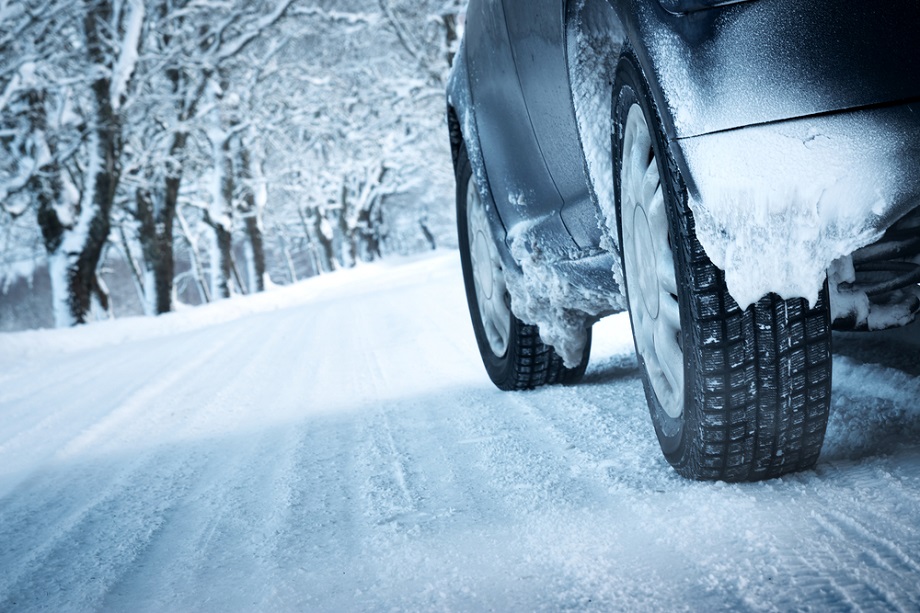
05 May Wintertime Vehicle Tips
It’s not uncommon to travel any block in the city in the morning in the dead of winter and find vehicles, one after the other, sitting in a driveway or alongside a curb, running idle. It’s true that a vehicle’s performance does benefit from some time spent at idle, but there are limitations to the benefit.
Once upon a time everyone drove vehicles with carburetors. A carburetor benefited from a prolonged idle because it took it time to supply to the vehicle the correct mixture of fuel. An engine could fail if the carburetor failed to do its job correctly.
Modern vehicles use electric fuel injectors. These injectors are monitored by the vehicle’s computer. Sensors detect the ambient temperature and adjust the mixture of the fuel to account for the cold weather. Which means that all the time you spend at idle, hoping to warm the engine of your vehicle, is both time wasted and unnecessary wear and tear on your vehicle’s engine (Your vehicle’s engine is still working at idle) and the extra time burning fuel does put a strain on the environment.
It doesn’t take fifteen-to-twenty minutes to warm the vehicle’s interior and to defrost the windshield. A few minutes to get the processes working, and you should be ready to drive; a short time running your vehicle down the road and it will likely warm to the point that the interior is toasty comfortable.
Minimizing idling time will also help to better manage your vehicle’s fuel efficiency. And when it comes to wintertime driving efficiencies, it’s a good idea to always have the correct air pressure in your tires (If you are unsure what the optimal PSI is for your vehicle’s tires, check the sticker on the inside of the door panel or the owner’s manual.

No Comments